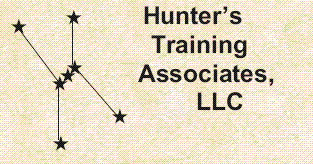
Cross Program Communication in z/OS - Course Objectives
On successful completion of this course, the student, with the aid of the
appropriate reference materials, should be able to:
- Code calling and called programs using one or more of these LE-conforming compilers:
- IBM Enterprise COBOL
- XL C/C++ for z/OS
- IBM Enterprise PL/I
- or High Level Assembler language (HLASM)
- Define elementary and aggregate data types in all of the above languages
- Access JCL PARM data from a main program written in any of these languages,
and set the JCL return code value; access the parm data from a subroutine written in any of these
languages using the CEE3PRM or CEE3PR2 services
- Describe the general content of object modules in OBJ, XOBJ, and GOFF formats
- Call subroutines / external functions from each of these languages, statically and
dynamically, passing elementary and aggregate data items, passing by reference, by content,
and by value, and examining any returned value from the subroutine, as possible for
each language
- Code subroutines in each of these languages, receiving data as it is passed and
passing back a return value as appropriate and possible, with an objective of creating subroutines
that can be called from programs written in any of the four languages discussed here
- Describe how argument lists are built and how parameter lists are received in all
four languages
- Use the program binder to create load modules and program objects
- Create and use programs with multiple entry points
- Deal with variable numbers of arguments and parameters, as appropriate to each
language, and setting and recognizing omitted parameters where possible
- Where possible, share external data items across programs, modules, and languages.
M520 / 3 Days
These Materials © Copyright 2012 by Steven H. Comstock
Materials version: V3.x
Course description
Topical Outline
LE curriculum
Home page
This page last updated: 1 August, 2014
Copyright © 2014 by Hunter's Training Associates, LLC
